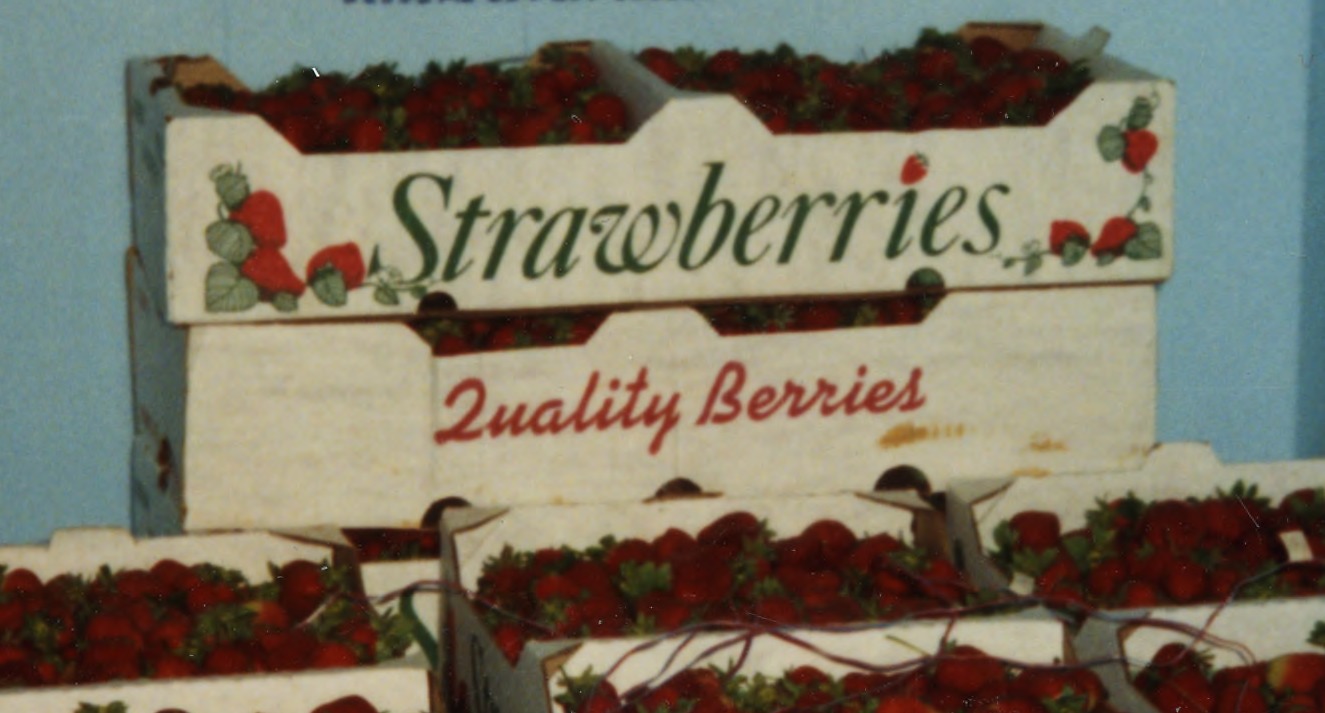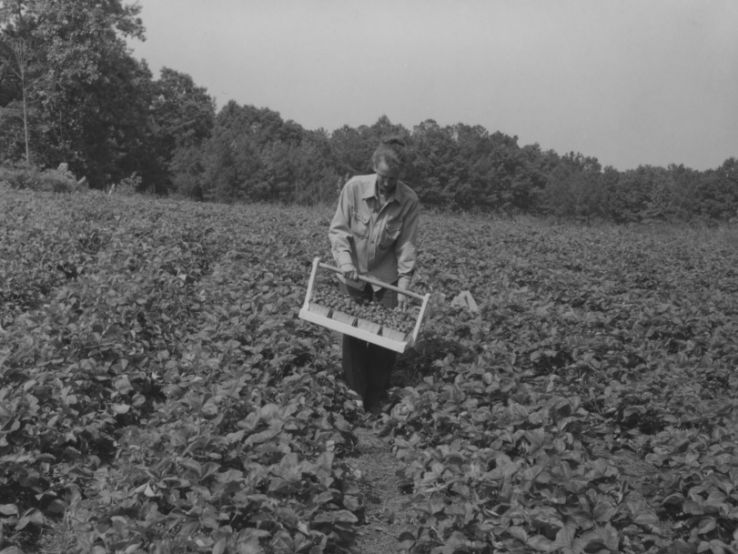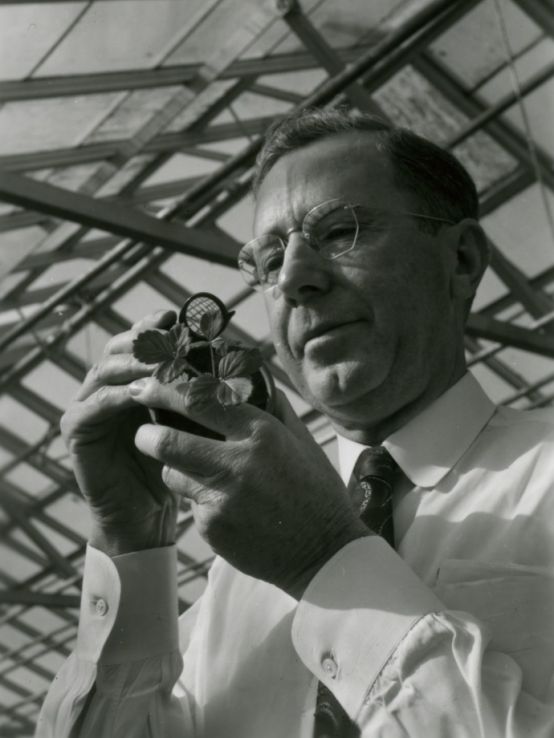
Foodie Friday: Strawberries
I bought strawberries at the farmers market last weekend, and they were good! I generally eat them fresh, but they reminded me of my mother's strawberry jam. I found this hundred-year-old recipe for jam in the Extension Farm-News, an early publication of North Carolina Cooperative Extension. The issue dated 18 May 1918 included a recipe from Jane McKimmon, an Extension leader and namesake for the McKimmon Center on the NC State campus.
Jam differs from preserves in the method of cooking, the object being to cook the fruit into a soft pulp that can be mashed and blended into a smooth paste. Blackberries, strawberries, raspberries, and such soft fruits as clearstone peaches and figs make excellent jam.
As in preserves, 1 pound fruit to 3/4 pound sugar is the proportion used. Put fruit and sugar into preserving kettle with enough water to prevent burning. Boil slowly until tender, mash fruit with wooden bat or spoon, and continue to cook slowly until fruit is a smooth, thick mass. Jam is much thicker when cold than when hot.

Gather strawberries when fully ripe, but not soft. For jam the flavor of ripe fruit is always better than from that which is partly ripe.
The same article has these instructions for making strawberry jelly:
Strawberry jelly can be made using 1 cup orange pectin to 1 cup strawberry juice. Add 1 1/2 cups sugar. Boil until jelly stage is reached (about 105.5 C.). Prepare strawberry juice by crushing berries and boiling for 10 minutes, stirring constantly. Place in jelly bag and allow to drip.
The recipe included instructions on making the orange pectin, but not the process of canning the jam and jelly in jars. Other Extension publications of the same time period covered the basics of canning, such as Canning and Preserving with 4-H Recipes (Extension Circular No. 11) and The Canning of Fruits and Vegetables By 4-H Recipes (Extension Circular No. 76). An earlier issue of Extension Farm-News (19 May 1917) had instructions for strawberry preserves as well as jam.

The above recipes do not recommend which strawberry varieties to use, but they were probably different from those found today. A 1941 Extension publication lists the most common varieties for home gardens at that time as Premier, Southland, Big Joe, Blakemore, and Fairfax. A 1949 publication lists the most common commercial varieties as Blakemore, Klondike, Klonmore, Massey, and Missionary. Today, some of these are considered heirloom varieties.

One author of these publications was E. B. (Emmett Brown) Morrow (1896-1956), an extension specialist and professor at NC State. During his career he developed new varieties of strawberries, including Massey, Albritton, and Earlibelle. Charles Dearing was another NC State researcher also involved in development of the Massey as well as Blakemore varieties. Special Collections holds collections of Morrow's and Dearing's papers. The university continues to develop new strawberry varieties, as indicated recently in College of Agriculture and Life Sciences News, helping to make North Carolina the third leading producer of the fruit in the U.S.
More ideas on culinary uses of strawberries (and other berries) can be found at our 27 Apr. 2018 Foodie Friday post "Berry Season." For more historical resources on strawberries in North Carolina, see the NC State University Libraries' Rare & Unique Digital Collections website. To see the original publications referenced above, please contact the Special Collections Research Center.